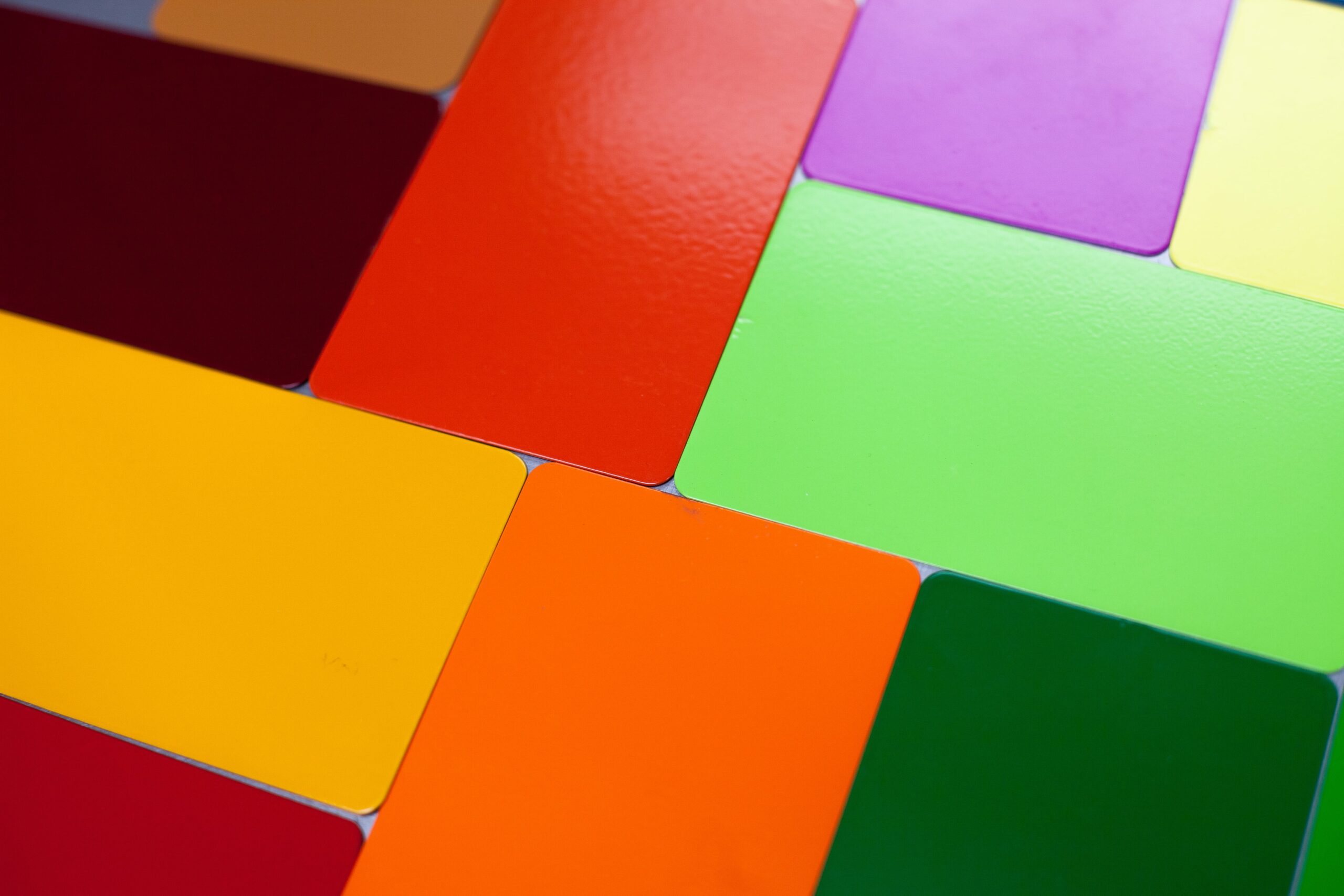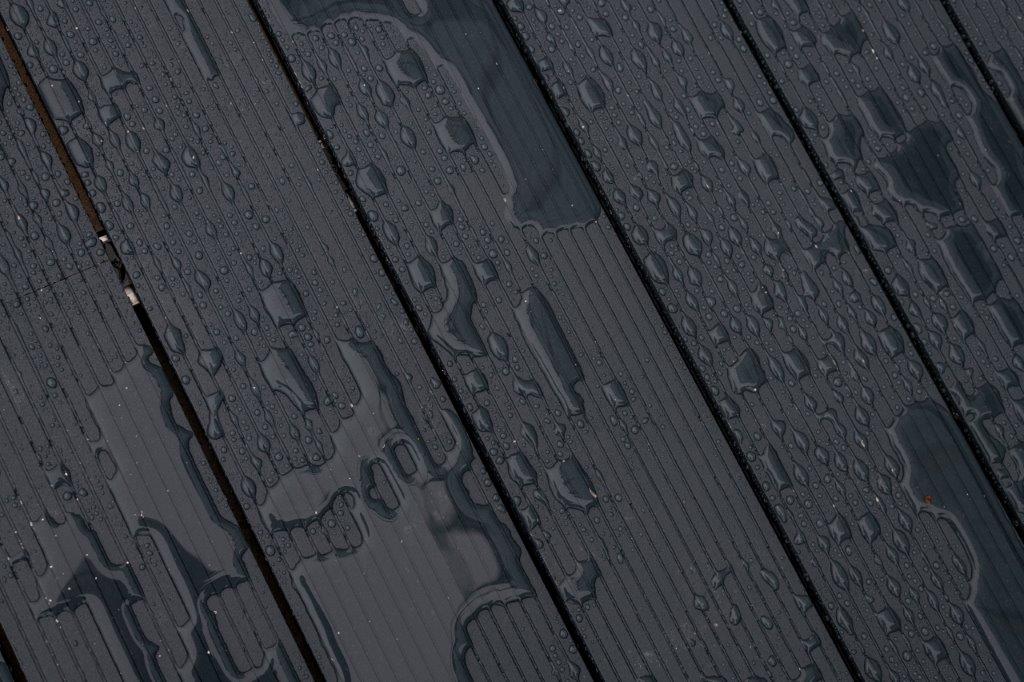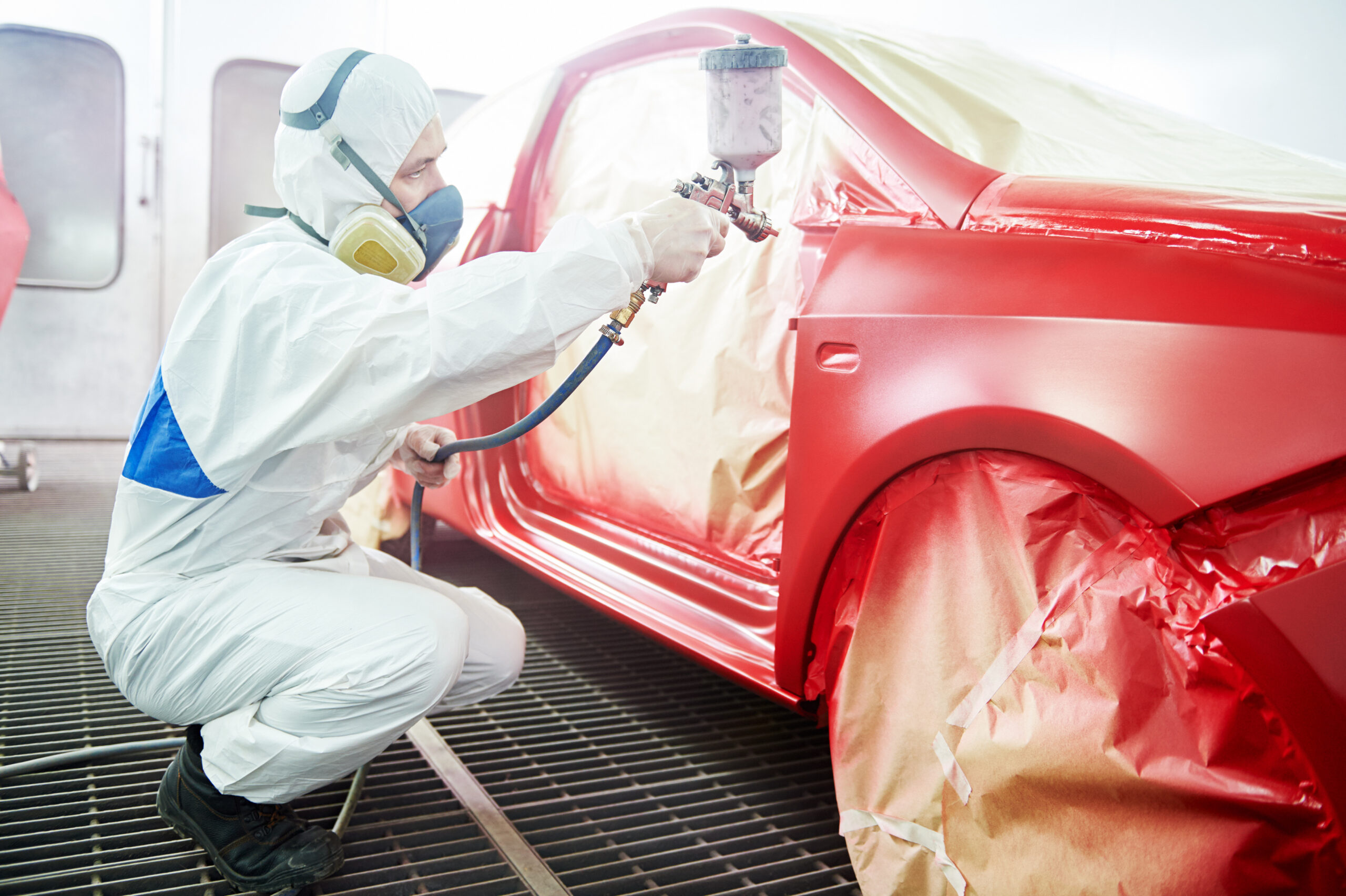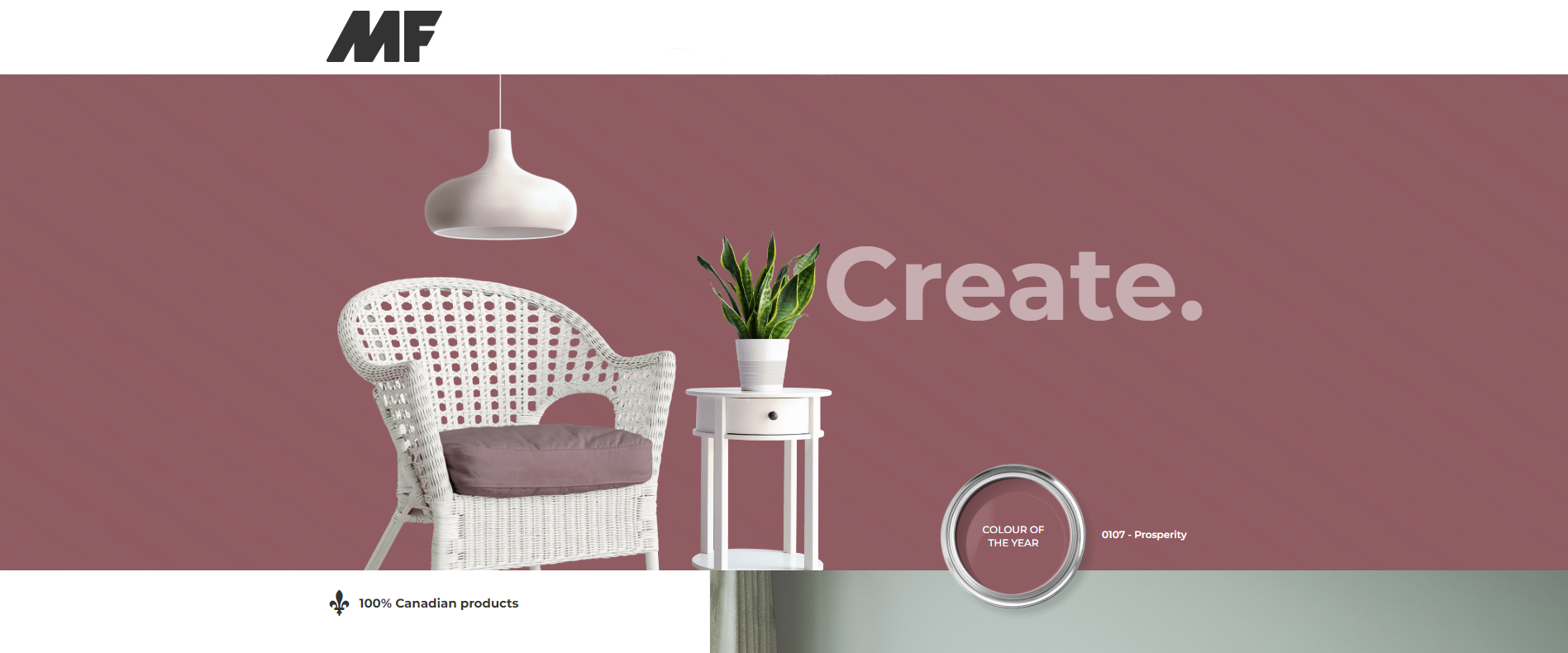Uses of liquid coating
By far the oldest form of coating in use today, liquid coatings offer versatile solutions for any project. These coatings are applied in a liquid state, but dry to leave a solid finish, and as a result are easy and more cost-effective to apply compared to other coverings, not requiring parts to be heated or other energy-intensive tasks. Depending on the precise composition of the coating itself, they offer robust protection alongside a wide range of colors and finishes, and by choosing liquid coatings carefully, they can be suitable for most applications.
Liquid coatings comprise a liquid carrier and solids, which are the components left once the coating is dried. The solid portion of liquid coatings includes resins that provide the tough coat once dried, pigments that provide the color, and additives that instill new properties, such as regulating how fast the coating dries, increasing UV protection, or inhibiting rust and corrosion.
Types of liquid coating
There are numerous types of liquid coatings, each having different properties both in liquid and cured forms, with different types of carrier and resin, each changing the properties of the coating, including application and the cured finish.
The liquid carrier can be water-based, solvents, or a combination of both, with solvent-based coatings being the most commonly used for many years. Today, as safety and the environmental impact of products are given more importance, water-based coatings, often called latex coatings, are becoming more popular.
Solvent based coatings release substantial amounts of volatile organic compounds (VOCs) during application and curing, an issue that is almost completely removed when using water-based carrier coatings. Because VOCs are harmful to both people and the environment, using water-based options is better for sustainability, while the application process is safer. Clean up is also significantly easier with water-based liquid coatings.
The finish of the cured coating can be adjusted depending on the volume of pigment featured in the liquid coating. While additives and the resins used in the coating have an effect as well, in general, the more pigment content of the coating, the lower the gloss level of the cured finish. By adjusting pigments, manufactures can offer liquid coatings that deliver everything from a high gloss sheen to satin and matte finishes, giving a huge range of options for aesthetics on any application.
In addition to the two types of carriers for liquid coatings, there is also a third option, high solid liquid coatings. These have a solid content of 65% or more by volume, but lack the viscosity associated with liquid coatings as a result. These paints are often presented as multipart applications, with an additional carrier being added to aid application. These are often referred to as 2K systems, where two parts are mixed, or 3K systems, where three parts are mixed.
Resins vary considerably and can be made from acrylic, enamel, or urethanes, and while most air dry, some liquid coatings use a chemical reaction to cure, this is most often found in the 2K and 3K systems, where one component includes the curing chemical.
Liquid coating application
There are a number of ways in which liquid coatings can be applied, in fact, it is perhaps their versatility in application that makes these coatings so attractive for industries of all kinds. Liquid coatings are extremely well suited to spraying, including the High-Volume Low Pressure (HVLP) options that reduce waste and provide a softer spray for more delicate objects.
In addition to HVLP applications, which can be automated or sprayed by hand, liquid coatings can also be sprayed using airless spraying, which uses pressurized tanks to force the coating through a small nozzle. The method used will depend on the individual application, with HVLP spraying providing a thin, smooth, high-quality finish in most situations. Some coatings will need thinning for effective application using this method, however, it is both cost-effective and simple, fitting into any production process relatively easily.
With airless spraying, the result delivers a more textured finish, which is ideal for some scenarios, but in applications where finish is important, is not the best choice. The key advantage of this approach is that not additional thinning is required.
In the case of spray applications, there is one area of shortfall, and that is with complex shapes. Internal corners and difficult-to-reach areas can be problematic and spraying into these areas can result in uneven or poor finishes. In the majority of cases, spraying remains the most efficient and effective option, however for specific cases, there is another alternative.
That is dipping. This is commonly used in the automotive industry in applying corrosion resistance and primers to vehicles and as the name suggests, involved dipping the piece to be coated into a vat of the coating. To ensure a smooth, even finish, this approach creates an attraction between the coating and the piece, by charging one with positive electrical energy and the other with negative electrical energy. This causes the two to be pulled together during the dip, with the coating remaining on the piece during the curing process, whether that is air dry or heat.
This is the method used to coat entire vehicles in one go on a production line, and it is frequently used for kitchen appliances and other coated items too.
The Liquid Coating Advantages
Liquid coatings are simpler to apply than other coatings, especially when sprayed, with a hard-wearing surface that can offer a variety of protections depending on the specific coating used. They are low-cost and versatile, especially in comparison to powder coatings, and offer a broad range of colors and finishes to suit almost every situation.
While solvent-based liquid coatings do have issues in terms of sustainability due to the VOC emissions, modern water-based liquid coatings offer exceptionally easy cleanup and minimal issues with chemical releases, making them ideal for safe, effective coatings in a wide range of industries.
Liquid coatings have been with us since the early beginnings of civilization, and while technologically more advanced, remain as popular today.






